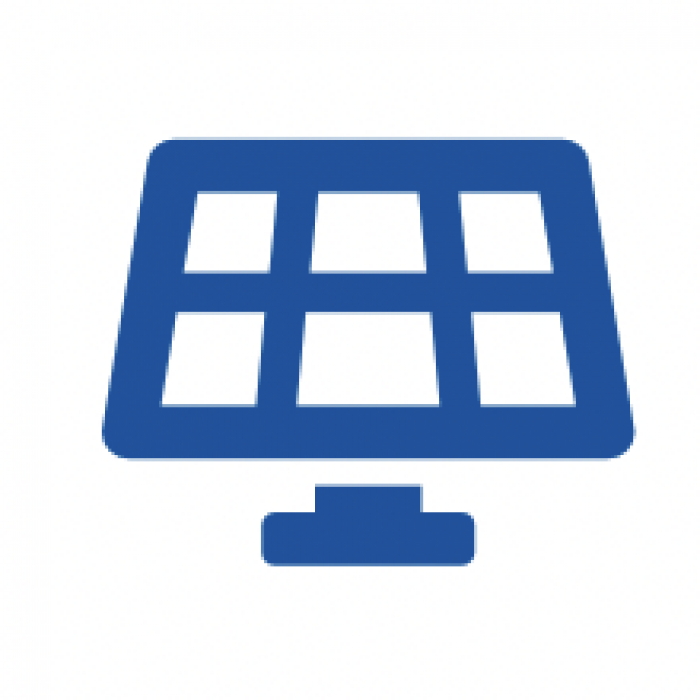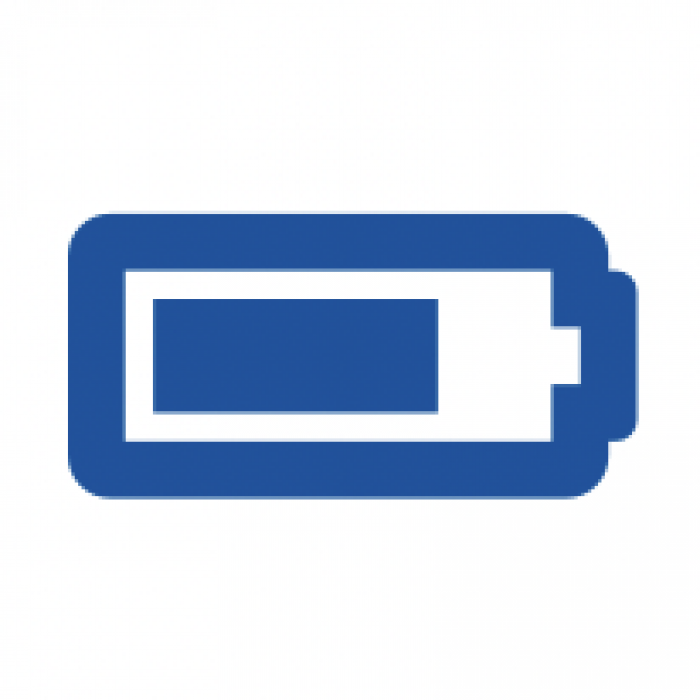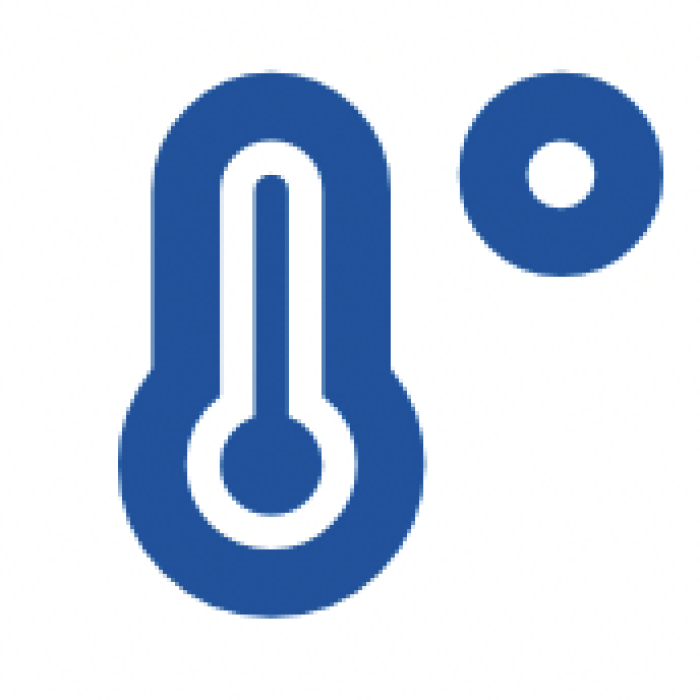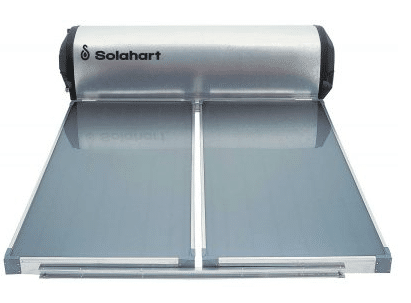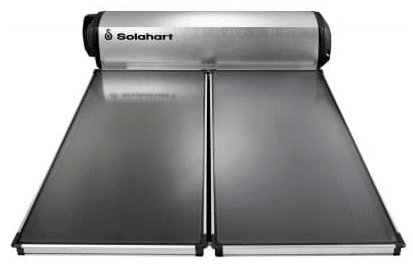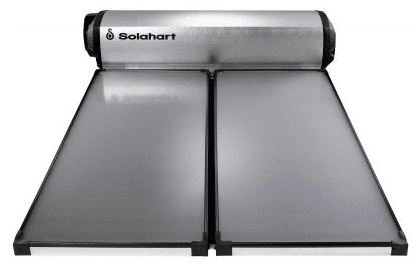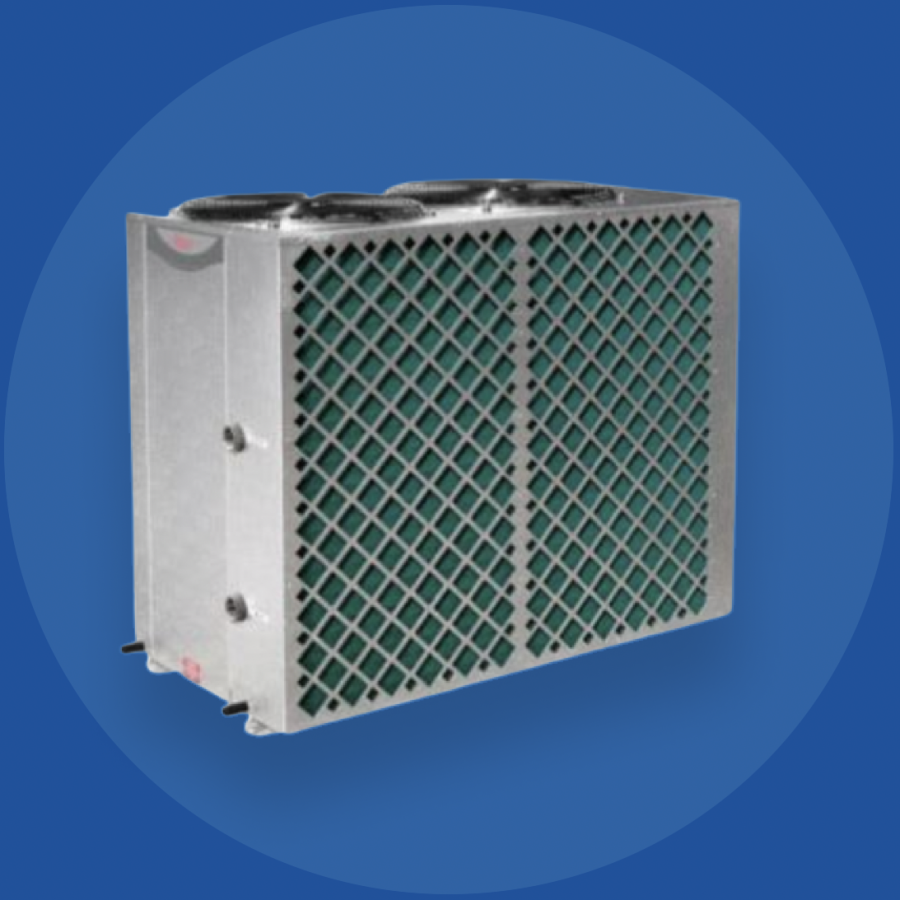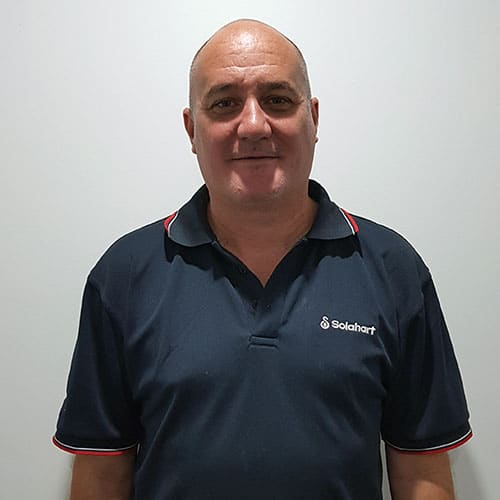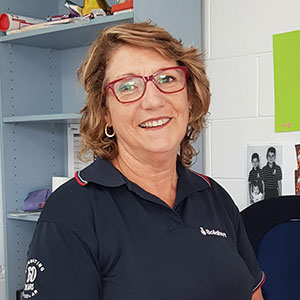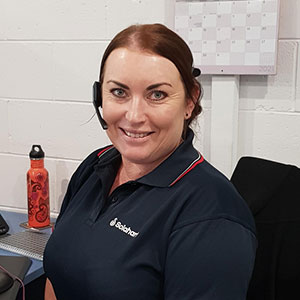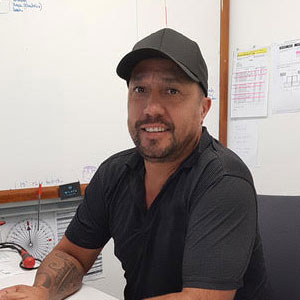A solar power system is a set of components designed to generate electricity from the sun.
Solar panels are the most important component of a solar power system, as they convert sunlight into electrical energy. A solar inverter serves an important role in the system by converting DC into AC.
The electrical energy generated by the solar panels is then stored in batteries, and can be used to power lights, appliances, and other devices. Solar power systems can be used for both off-grid and grid-tied applications.
Off-grid solar system – An off-grid solar system is a system that is not connected to the electrical grid. These systems are often used in remote locations where it is not practical or possible to connect to the grid.
Off-grid solar systems can be used for a variety of purposes, including powering homes, businesses, and even entire communities. There are many benefits to using off-grid solar, including independence from the grid, lower energy costs, and a smaller carbon footprint.
Grid-tied solar system – A grid-tied solar system is a type of solar panel system that is connected to the electrical grid.
This system is used to generate electricity for your home or business and to sell any excess electricity back to the grid. Grid-tied solar systems usually have a higher upfront cost than other types of solar panels, but they can offer a number of advantages.
For example, because they are connected to the grid, grid-tied systems can provide power even when the sun isn’t shining. In addition, because you can sell excess electricity back to the grid, a grid-tied system can be more financially viable in the long run.
Overall, a grid-tied solar system is a great option for those who want to generate their own renewable energy. Solar power systems can range in size from small, portable units to large, commercial-scale installations.


